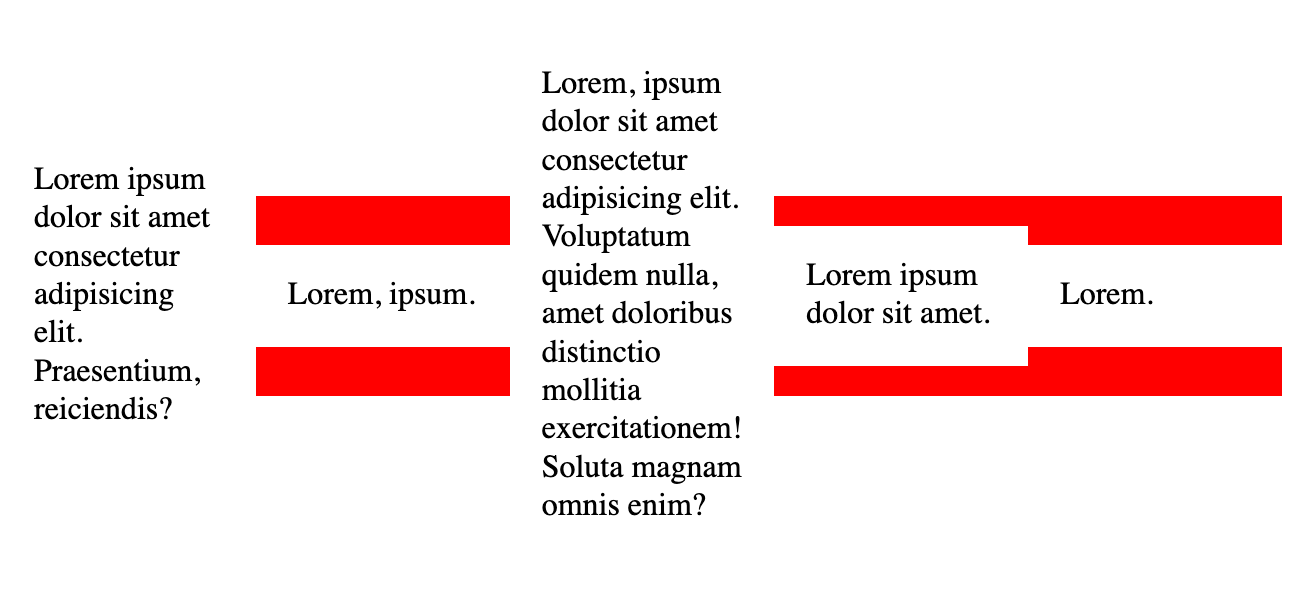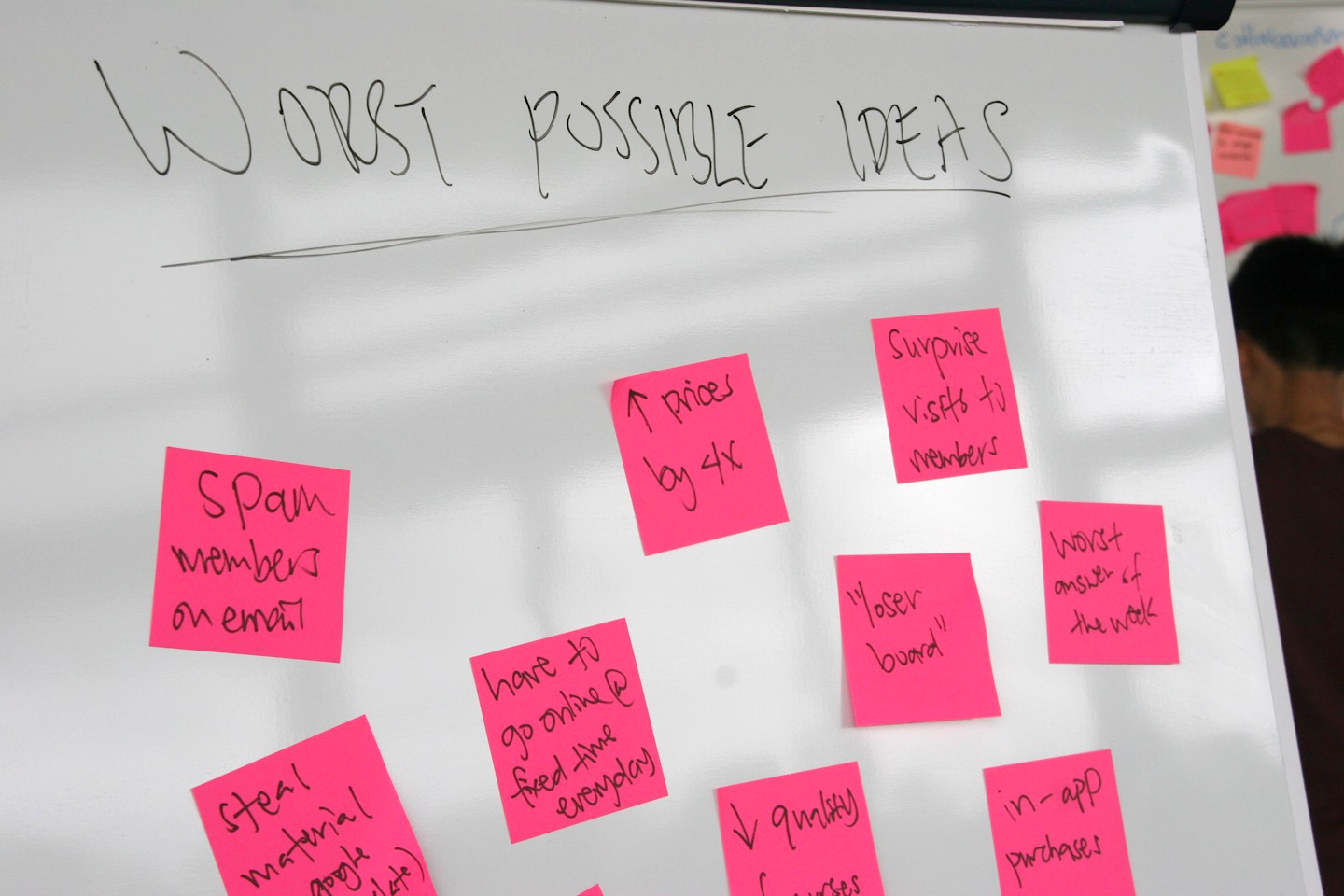An Event Apart 2022 Denver wrapped up yesterday. And while I was unable to make it to all three days this time, I did catch yesterday’s action — and it was awesome. I’m not very social or outgoing, but this was the first conference I’ve been to in at least a couple of years, and seeing folks in person was incredibly refreshing.
I took notes, of course! I thought I’d post ’em here because sharing is caring. At least, that’s what my six-year-old told me the other day when asking for a bite of my dessert last night.
I’ll break this down by speaker. Fair warning: I’m all about handwritten notes and a pretty visual fella, so my notes tend to be less… structured than most. And these notes are just things that stood out to me. They may not even be the presenter’s main idea, but they caught my attention!
Chris Coyier: Websites Are Good Now

Chris has given this talk before (we linked it up just last week), but this time expanded it substantially, particularly with details on container relative units which, when combined with clamp(), make for more accurate responsiveness because the values are relative to the container rather than the viewport. So, you know how we often use viewport width (vh) units for fluid type?
font-size: clamp(1rem, 1rem + 2vw, 2rem);Well, we can use a container relative unit like container query inline-size (cqi) instead, where 1cqi is equal to 1% of the container’s inline size (here’s the draft spec on that):
font-size: clamp(1rem, 1rem + 1cqi, 2rem);Chris also talked quite a bit about the performance benefits of hosting at the edge. Probably no surprise because he’s written about it here more than a few times. Even as someone who had already read those articles, I honestly didn’t realize the complete concept of computing at the edge.
The idea is deceptively simple: global CDNs can serve assets quickly because they host them geographically close to the user. That’s pretty standard practice for serving raster images. But it has extended to static files, such as the same HTML, CSS, and JavaScript files that power a site — build them in advance and serve the already compiled and optimized files from the speedy global CDN. That’s the whole Jamstack concept!
But what if you still require a server response from it? That ain’t very edge-y, is it? Well, now we have handlers capable of running on a single URL fetching data in advance, and injecting it ahead of render — directly from the CDN. Sure, there’s extra work happening in the background. Still, the fact that we can dynamically fetch data, inject it, pre-build it, serve it statically on demand, and have it run geographically closer to the user makes this blazingly fast.
Tolu Adegbite: How to Win at ARIA and Influence Web Accessibility

Good gosh was this an excellent presentation! Tolu Adegbite schooled me so hard on WAI-ARIA that I had a hard time jotting down all the gems she shared — Roles! States! Labeling! Descriptions! Everything was extraordinarily well-covered, and stuff that I know I’ll be coming back to time and again.
But one specific thing that caught my attention is the accessibility of inline SVG. Even though SVG is related to other types of design assets, the fact that it is markup at the end of the day sets it apart because it isn’t always identified as an image.
<!-- Image tag is easily recognized as an image -->
<img src="cat.svg" alt="An illustrated brown and white tabby kitten looking lovingly into the camera.">
<!-- Could be an image, maybe not? -->
<svg viewBox="0 0 100 100">
<!-- etc. -->
</svg>Assistive tech is more likely to read inline SVG as an image by giving it a proper accessible role and label:
<svg
role="image"
aria-label="An illustrated brown and white tabby kitten looking lovingly into the camera."
viewBox="0 0 100 100"
>
<!-- etc. -->
</svg>Miriam Suzanne: Cascading Layers of !mportance

Hey, another CSS-Tricks alum! Miriam has been spending a bunch of time and effort on the Cascade Layers specification. She also wrote a big ol’ guide about them here at CSS-Tricks and talked about them at An Event Apart.
What has stuck with me most is how big of a mental shift this is. The concept isn’t complicated, per se. Declare @layer at the top of the CSS document, list the layers in order of specificity, then write styles in those layers. But for an old dinosaur like me who has been writing CSS for a while, I’m going to have to get used to the fact that Cascade Layers make it possible for a simple class selector to beat out something that usually wields a higher specificity, like an ID.
🤯
Miriam also reminded the room that Cascade Layers are just one tool we have in our specificity-managing toolbelt, in addition to selectors that affect specificity (e.g., :is(), :where(), and :has()).
Oh, and this is an interesting tidbit. As Miriam walked through the history of specificity in CSS, she recalled that !important was initially designed as a tool for users to override user agent and author styles. But somewhere down the line, we’ve adopted it to force author styles to the top. Cascade Layers help remove the excuse need to use !important because they provide us the power to “prioritize layers and protect inheritance.”
That is beautifully said, Miriam!
Dave Rupert: Unblocking Your Accessibility Backlog

Imagine waking up one day to hundreds of GitHub notifications about reported issues on your site. Where do you even begin? Maybe close your laptop and get a root canal instead? That happened to Dave! An automated accessibility audit returned a massive pile of errors and assigned them as tickets for Dave to fix.
But he noticed a pattern after taking an Excel spreadsheet of those issues, moving them to Notion for a better view, hiding unnecessary columns, categorizing everything, and displaying the results in logical groups. Many of the reported issues were the same issue repeated on multiple pages. Just because an automated test returns a handful of errors doesn’t mean they’re all unique. That reduced a nice chunk of the tickets.
He went on to show how — with relatively little effort — the backlog of issues dwindled by nearly 50%.
There’s a lot to glean there, especially regarding how we process and organize our work. The biggest takeaway for me is when Dave said we have to emphasize individuals and interactions over processes and tools. Tools like the one scanning for accessibility errors are helpful, but they might not tell the entire story. Rather than take them at their words, it’s worth asking questions and gaining more context before diving into the mess.
As a bonus, reorganizing the issues in Notion allowed Dave to group issues in a way that clearly shows which impairments his product was actively discriminating against, giving him greater empathy for those misses and how to prioritize them.
One more virtual session by Hui Jing Chen capped the day, but admittedly, I missed about half of it because I was having a hallway conversation. The conversation was worth it, even though I am bummed I missed the presentation. I’ll be watching the video of it when it’s published!
Some Things I Took Away From An Event Apart 2022 in Denver originally published on CSS-Tricks, which is part of the DigitalOcean family. You should get the newsletter.





























